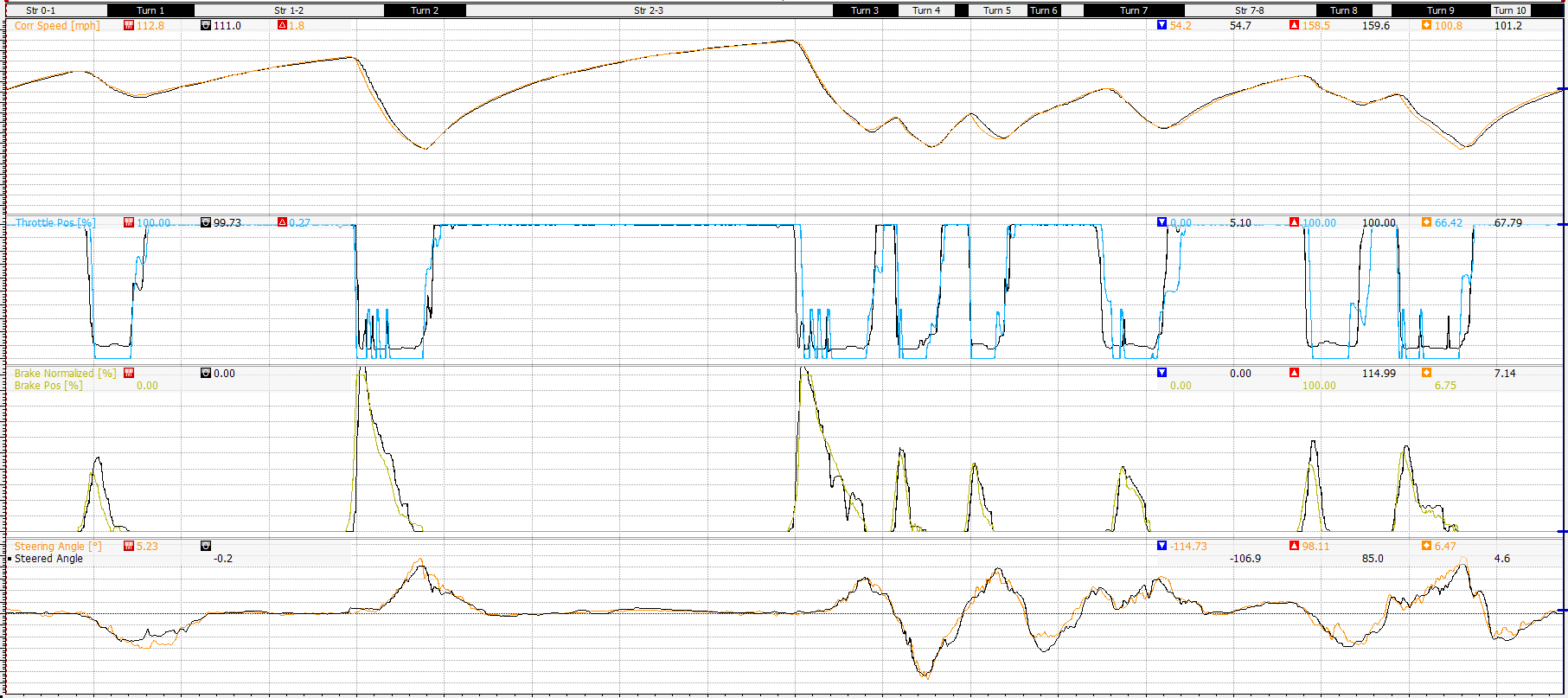
Simulation Models
The core of IER’s expertise and business. With over a decade of experience and having worked with more than 20 high-level, professional clients, our vehicle models are comparable in complexity and accuracy to multi-million dollar OEM efforts.
Simulation Capabilities
-
Platform
Assetto Corsa DIL base simulation software with custom physics engine and revamped visual code; can be run by most mid to high-end consumer hardware at up to 2000 Hz
-
Endurance
Full 24hr time range with correct sun placement and real-time transitions. Varying degrees of rain (faint drizzle through heavy downpour) with transitions are scriptable between all possible weather types, including physical modeling of hydroplaning.
-
Modularity
Custom code allows for simulation capabilities beyond any ready-to-run software solution below the manufacturer level. IER can accommodate the needs of any client, if a feature is missing, it will be added. Our abilities in this respect set us apart from the competition. A select list of work can be found under Notable Programming.
-
Grip
Advanced brake and tire thermodynamic modeling including brake heat interaction with tire temperatures, allowing for dynamic tire response (flex, grip, etc.) to both surface and internal temperatures. Tire model correlation can be monitored via virtually simulated test rig and directly compared with real rig data.
-
Flex
Flexible element modeling with a full multibody solver (non infinite multi-axis stiffnesses of suspension and rims, independent link stiffnesses, chassis torsion/bending flex, etc.). Virtually simulated K&C rig can be utilized to ensure correlation between real test data and the simulated model.
-
Efficiency
1:1 nomenclature transfer from real setup to sim setup. No simulator idiosyncrasies or unnecessary unit conversions. Allows for clear and direct communication with team members and avoids confusion in translating setups between sim and real life. Increases the time efficiency of the sim, and thus the performance of the team.
Notable Programming
-
Cosworth LMP2 traction control system replicated 1:1 including all maps, settings, and inputs. Full controller block diagram was replicated.
-
Additional aeromaps to model wind direction and velocity sensitivity (in addition to the pre-existing velocity vector directional effects) were implemented to better model car balance in changing conditions.
-
Plank wear simulation was programmed to allow validation of starting setup legality before arriving at the race track.
-
Brake and steering forces can be calibrated to be 1:1 with real car. This includes power steering (maps, thermal/torque overload, and transient effects) and brake booster modeling. In such a sensory-input-driven sport, accurate modeling of these elements is critical for effective skill transfer between reality and simulation.
-
Hysteretic effects modeled for dampers, bump rubbers, and tires, allowing for much more accurate transient response versus averaged force curves.
-
Physical tire wear can be up to 2mm over the usage cycle of most racing tires, reducing effective ride height at the end of tire life and notably altering performance on aero-sensitive vehicles. Chemical degradation is also modeled.
-
Flex in half-shafts and gearbox modeled to allow for torque oscillations. Dynamically affects resultant tire slip and thus vehicle response under transient torque loading (rapid throttle lifting, gear shifts, etc).

Frequently asked questions
-
Depending on the project requirements, our standard development time is 5-12 weeks after receiving data.
-
Our models utilize up to 15,000 individual parameters, so the list is quite comprehensive. Please fill out our contact form with your project info and we will be happy to send more detailed information.
-
Depending on the data directly available from the client, often yes. In the absence of required data, we often measure what we can in person. With manufacturer data packages (and homologation documents) becoming more thorough year by year, car access is proving to be less and less necessary.
-
As with most things in motorsport, the answer is: it depends.
The use case, type of vehicle, and available data all influence the cost of a given project. As a rough rule of thumb, the more aerodynamic sensitivity, the more required development time, and the higher development cost.If interested in working with us, please fill out our contact form and we will be able to provide an estimate for your project.
-
Definitions of accuracy vary heavily, but for the car to maintain the correct balance versus real life at different tracks and under different conditions, we generally say that at least 98% accuracy is required. The quantification being that a 2% error in the grip of one axle at steady state has a notable effect on the balance. Given the extreme conditional sensitivity of tires, <2% over a range of conditions, setups, and tracks is very hard to achieve. We have reached what we would classify as 99% accuracy on some of our models.
There are, of course, endless methodologies for quantifying accuracy; ours is simply one that is simple to discuss. We would be happy to have a conversation about the intricacies of the correlation work done to ensure all measurable quantities are within acceptable levels of accuracy.
For some specifics, given the same conditions as reality, we are within 1mm of suspension travels and ride heights, 0.5mph of top speeds, and 1mph of cornering speeds with our high-level models. -
We are an industry leader in the field and offer more accurate vehicle models than a number of very prominent racing OEMs. Furthermore, competitors using Assetto Corsa use the public, less capable version of the software we have written — why not go straight to the source?
In choosing IER, you can be confident that the work done in the simulator will transfer to the real track.

